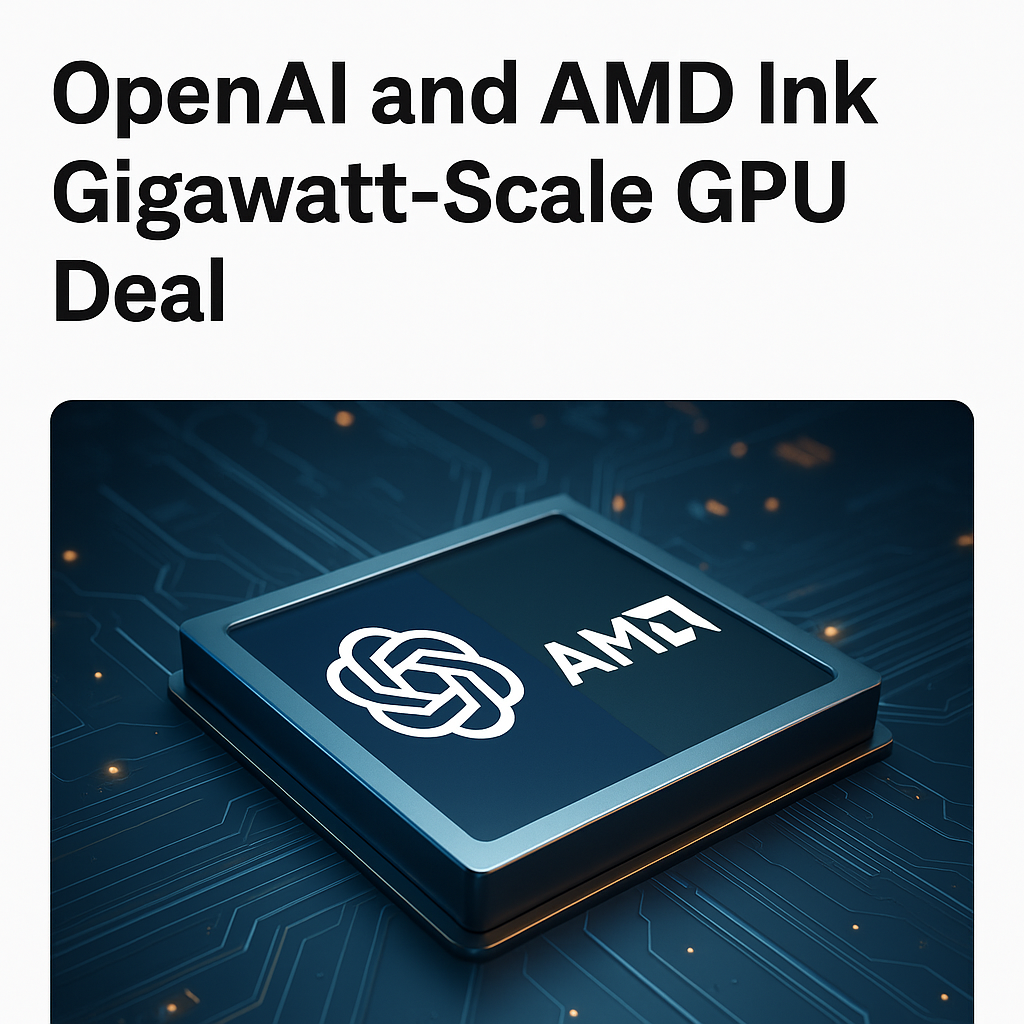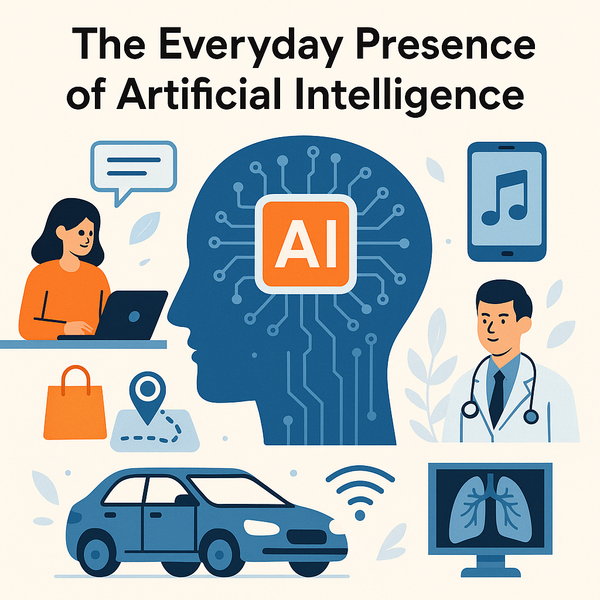OpenAI and AMD: A 6-Gigawatt Alliance Redefining AI Infrastructure

In the most significant hardware partnership of the year, OpenAI has signed a deal with AMD to secure up to **6 gigawatts of GPU capacity** for its expanding AI operations. The agreement, announced this week, is more than a procurement contract — it is a declaration that compute has become the new currency of artificial intelligence.
Under the terms of the deal, AMD will provide its next-generation **Instinct MI450 GPUs**, expected to roll out in late 2026. OpenAI will gain long-term access to AMD’s data center resources while also acquiring an option to purchase **up to 160 million shares** of AMD, aligning both companies strategically and financially. This partnership positions AMD as a key supplier to one of the most compute-intensive organizations in the world, breaking NVIDIA’s near-monopoly on AI hardware.
The implications are enormous. Six gigawatts of GPU power translates to thousands of racks across multiple data centers — an infrastructure scale previously reserved for national cloud providers. For OpenAI, this capacity is essential to train and deploy the next generations of its foundation models, which continue to grow in size, complexity, and global usage.
The move also signals a diversification strategy. NVIDIA has dominated the AI chip market for nearly a decade, but recent shortages and escalating prices have encouraged companies to explore alternatives. AMD’s MI450 GPUs, built on its advanced CDNA4 architecture, are optimized for parallel computation and energy efficiency — two factors critical for both training and inference workloads at scale.
Beyond performance, this partnership has strategic depth. By tying part of the deal to equity, OpenAI ensures long-term cooperation while giving AMD a direct incentive to co-develop and optimize hardware for OpenAI’s software stack. This alignment could accelerate innovation across both ecosystems, from chip design to distributed model training frameworks.
The scale of the deal also underscores a broader truth: AI is now as much about infrastructure as it is about algorithms. Large-scale models require vast computational backbones, and the competition to build and control that infrastructure is reshaping the tech industry. The partnership between OpenAI and AMD is a glimpse into a future where AI companies are not just software developers, but also architects of global computing networks.
Still, challenges remain. Deploying and integrating new GPU architectures will require adjustments in software optimization, cooling systems, and data center design. But OpenAI’s track record of rapid scaling suggests it is ready for that challenge.
This agreement marks a turning point in the global AI race. The world’s most advanced models will no longer depend on a single chip supplier. Instead, the future of artificial intelligence will be powered by collaboration — between algorithms and architecture, between software and silicon.
**References**
[https://www.wired.com/story/openai-amd-deal-data-center-chips](https://www.wired.com/story/openai-amd-deal-data-center-chips)
[https://www.investors.com/news/technology/amd-stock-chipmaker-latest-openai-deal](https://www.investors.com/news/technology/amd-stock-chipmaker-latest-openai-deal)
[https://www.reuters.com/world/china/eu-rolls-out-11-billion-plan-ramp-up-ai-key-industries-amid-sovereignty-drive-2025-10-08](https://www.reuters.com/world/china/eu-rolls-out-11-billion-plan-ramp-up-ai-key-industries-amid-sovereignty-drive-2025-10-08)




